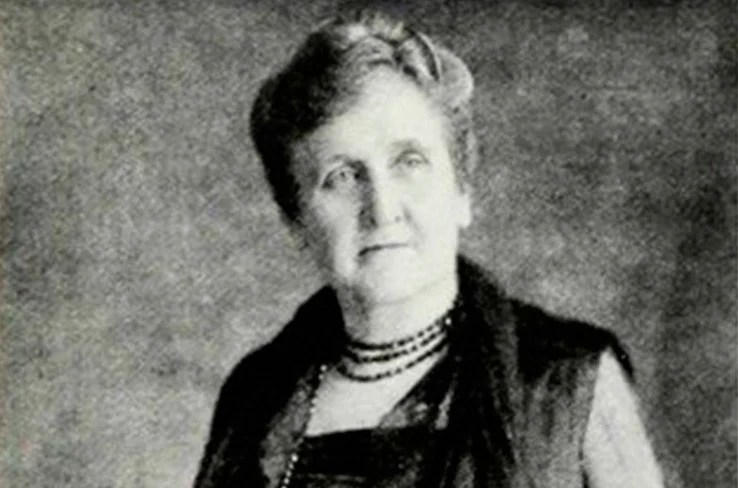
Surviving Death: a journalist investigates evidence for an afterlife
by Leslie KeanReaders of this blog are interested in life extension.We relish the experience of being alive, and we struggle with dread of death, and there is diversity among us how much relish and how much dread we harbor.We believe in the methodology of science, and we look to biological science for solutions that will preserve our bodies from the ravages of age.Most of us subscribe to the scientific consensus that our bodies support our experience, our brains engender our consciousness, and without our brains, we would be nothing.How do we respond when we are presented with scientific evidence that the brain is not the source of consciousness; that experience can exist in the absence of neural activity; that death of the body will change but will not necessarily end the experience that we relish?If we believe in Science with a capital S, if we have faith in the community of scientists and the conclusions in which a great majority of scientists concur, we say, This is not worth my time.
I know it must be wrong.Im not going to think about it.If, on the other hand, we believe in science with a small sthe scientific method, the gathering of evidence and the testing of hypotheses against all the available evidencethen we read Leslie Keans book, and our mouths hang agape, and we wonder how we can ever reconcile what she reports with the picture of the world that has served us so well all our lives.The material in this book is so radical that if we accept that even some portion of it is reliable, and if we are honest and courageous enough to explore the consequences, then we must rethink our relationship to life extension and then begin to overhaul our relationship to life.ReincarnationKean begins with a story that is stunning enough in its own right, but previously well-established by other researchers.Carol Bowman first interviewed the Leininger family and documented thestory of their son, who called himself James the Third because he had previously lived the life of James Houston, Jr, a World War II fighter pilot who was shot down over Japan in the Battle of Iwo Jima (1945).
As a three-year-old (in 2001), James the Third recognized and name parts of the plane that Houston piloted and the aircraft carrier from which he was deployed.From a period photo, he was able to identify by name other members of Houstons flight crew as well as his two sisters.The Leininger case is particularly compelling because it is well-confirmed and includes dramatic detail.But in other respects, it is representative of thousands of stories that have been collected atUniv of Virginia.
Most of them involve a sudden, violent death in a previous life, leaving a lingering sense of incompleteness.Frequently, children have knowledge of details from their past lives, and occasionally, children will speak in languages that they were not exposed to in their present reincarnation.Its calledxenoglossyIt is natural to take thees stories as support for a traditional (Buddhist or Hindu) account of reincarnation.
In that narrative, each of us is an immortal soul, and we evolve through a series of excursions when we assume physical form for the purpose of education via broadened experience.For the most part, we forget our past during each incarnation, but sometimes memories leak through the veil.Leinginers storyvalidates part of this, but is subject to other interpretations as well.Memories may be transferred without any continuity of personality across incarnations.
Children may spontaneously experienceremote viewingor clairvoyance.If reincarnation is a thing, it may be rare or common, and not necessary universal.The story cracks open our dogmatic commitment to a materialistic perspective, but it does not compel a particular alternative.Can such stories be consistent with the conservative view that consciousness is generated by the brain, with all knowledge and experience completely dependent on the physical brain? Only if we postulate new physics that transmits information, not attenuated by time or space, and that our nerves are evolved to take advantage of this yet-to-be-discovered effect.
In my mind, this is more of a stretch than simply to adoptWilliam Jamess viewthat the brain is a transducer, not a generator of consciousness.Near death ExperiencesFor Keans book, reincarnation is just an opener, and as her accounts stretch the limits of our reality to the breaking point, her voice becomes increasingly familiar and convincing.In the last chapters, she relates accounts in the first person, and, fantastic though they are, we find it hard to dismiss her because she has used 300 pages to earn our trust.Near death experiences are another well-plowed regime for anyone who is open to reading the literature.Peoplein extremishave memories of experience that took place while their EEG plots (electrical activity in the brain) were flatlined and they were technically dead.
These often include tunnels with a white light at the end, meetings with deceased relatives, and spirit guides.On the one hand, the cases are more specific in what they can tell us aboutwhat its like to be dead.On the other hand, they are easier to dismiss as illusions or false memories or hallucinations of an oxygen-starved brain.
Kean reminds us of the occasional cases where people with brains that are technically dead remember details of their resuscitation, the doctors or nurses in their hospital room.More occasionally, people report visiting distant relatives during this time.And there is just one case where a woman on an operating table experienced floating up from her body andseeing a sneakeron the roof which could not be seen from any point inside the hospital or from the ground.
Her description of the sneaker was later verified.Disciplining herself to remain objective, Kean acknowledges that reports from people who have had NDEs (and actual deathbed experiences) cannot prove that consciousness outlives the body.But she notes a general similarity between what NDEers report and the accounts of children when they talk about the time between incarnations.Communicating with the deadTo appreciate mediumship, Kean opines, you have to be there.She incorporates a chapter by a credentialed researcher about rigorously controlled studies, but only after she relates in detail the experiences she had contacting her departed brother and another lost friend through three separate mediums.
Some 80% to 90% of the details they report are accurate, including names and recall of specific conversations.But (says Kean), this cant begin to convey the emotional intimacy of feeling a departed persons personality coming through in the style and language of the communication.For each of the two deceased persons, Kean reports personal details known only to the deceased and herself, which the medium accurately references.Mrs.
Piper, 1857-1950Is this evidence that the medium is in touch with a still-existing spirit of the deceased? Kean and her academic expert both admit that this is a difficult question.If the information is known to the sitter, then the medium could have obtained it through telepathy with the living (and if it is not known to the sitter, how can it be verified?) But mediums themselves report that the way information comes to them feels very different from telepathy, and EEGs of the same person doing psychic readings and mediumship seem to corroborate this.Finally, Kean reports details of the compelling story of a man whose great uncle died on a battlefield of the Great War contacted him through a medium forty years later and related the exact coordinates of the unmarked grave site in which he was buried.Physical appearance of the dead in seancesFor some reason, it is easier for me personally to accept non-physical transfer of information than to believe in the physical incarnation of ghosts or specters.But by this point in the book, Kean has established herself as such a credible witness that these fantastical tales of her personal experience leave me baffled and perplexed.The science that we understand gives us the technology for transportation and communication, for comfort and convenience.
But the science that we dont understand imparts to us a sense of awe and wonder, and motivation to continue our investigations in new and creative ways.I am less concerned than Kean and her experts with distinguishing between explanations from telepathy and from post-mortem survival for the phenomena they describe.The big message for me is one ofnon-local mind.Once it has been established that mind has an existence that cannot be explained by functions of the brainthat, indeed, a part of the minds awareness appears to be untethered to any spatial locationfor me, there is no longer any reason to suppose that the mind dies with the brain.I carry with me from early childhood the memory of repeating the phrase, I am Josh and savoring an intuitive conviction of its absurdity.A part of me that was deeper than experience seemed to know that I am an abstract observer of this physical universe, and not a piece of matter within it.
Today, this is just an intellectual curiosity, as I have long ago lost the cosmic expansiveness of the childs experience.I plan to continue pursuing life extension as a celebration of life rather than the hopeful forestalling of a dread event.And the sense of mystery and wonder that these anomalous phenomena provide continues to enhance the time I have on earth.Topper
Publisher: Josh Mitteldorf ( Read More )

